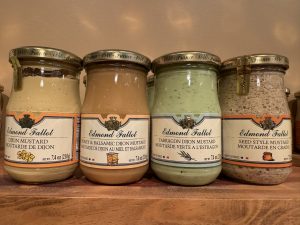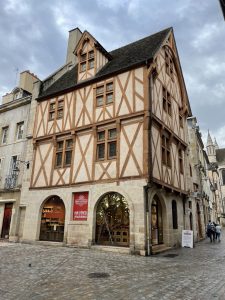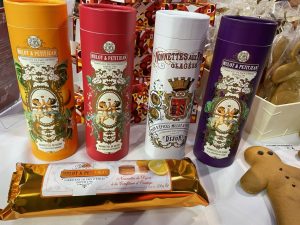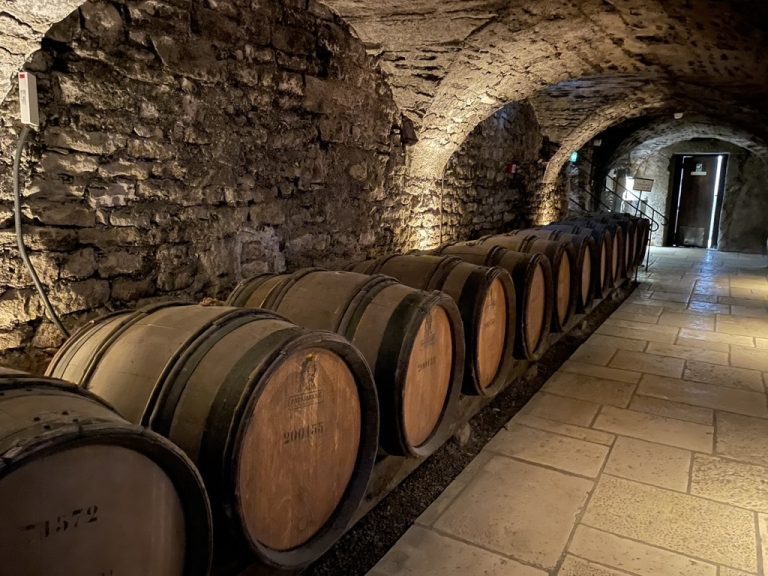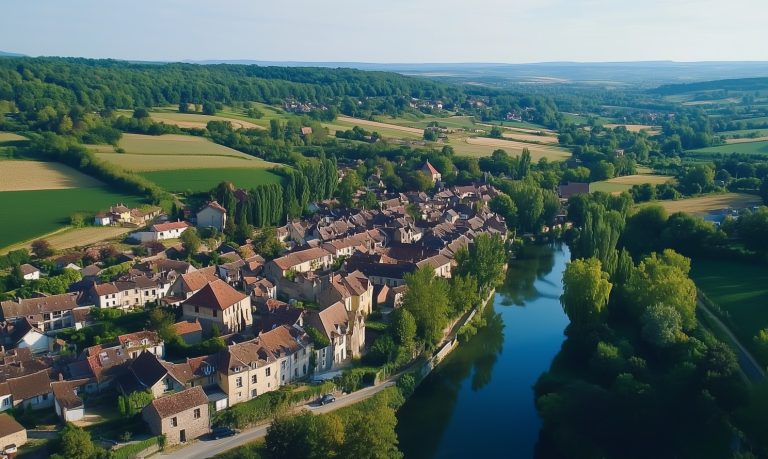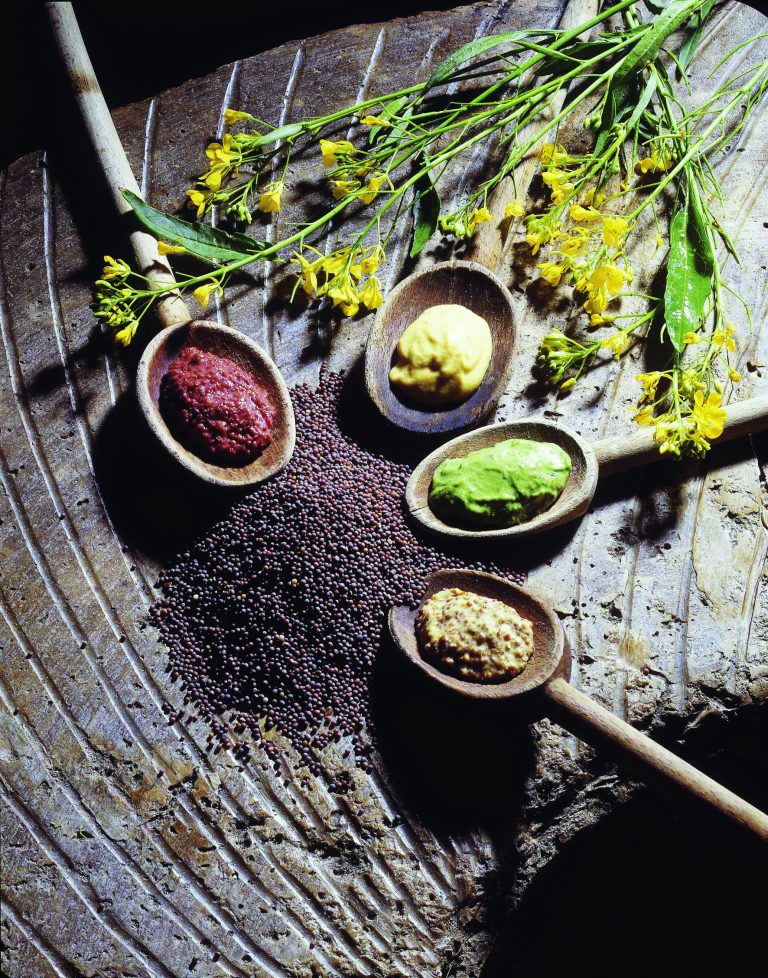


Dijon may be known around the world for mustard, but this elegant city offers so much more than a condiment. Step into its beautifully preserved center and you’ll find yourself surrounded by stately architecture, winding medieval streets, and beautiful squares inviting you to taste the traditional fare amongst whispers of the past. Once the seat of the powerful Dukes of Burgundy, Dijon has gracefully blended history, culture, and gastronomy into a destination that feels both sophisticated and welcoming.
A Storied Past: Where the Dukes Made Their Mark
Dijon’s roots go way back — all the way to Roman times — but its real moment in the spotlight came during the 14th and 15th centuries, when it became the capital of the powerful Duchy of Burgundy. This was a golden era when the Dukes brought wealth, influence, and a sense of grandeur to the city. Artists, scholars, and master builders followed, each leaving their mark. Strolling through Dijon today, you can still feel the echoes of that time in the ornate palaces, graceful squares, and the sense that this was once a place where big ideas — and beautiful creations — came to life.
The Palace of the Dukes of Burgundy is the crown jewel of this chapter in history. Today, it houses the Musée des Beaux-Arts, where treasures from medieval masterpieces to contemporary works share space with the grand tombs of the Dukes themselves.
Dijon’s role in shaping the region’s wine culture is also part of its lasting legacy. In 2015, the surrounding Climats of Burgundy — the carefully defined vineyard plots — were recognized as a UNESCO World Heritage site, honoring both the landscape and the centuries of savoir-faire that continue to thrive here.
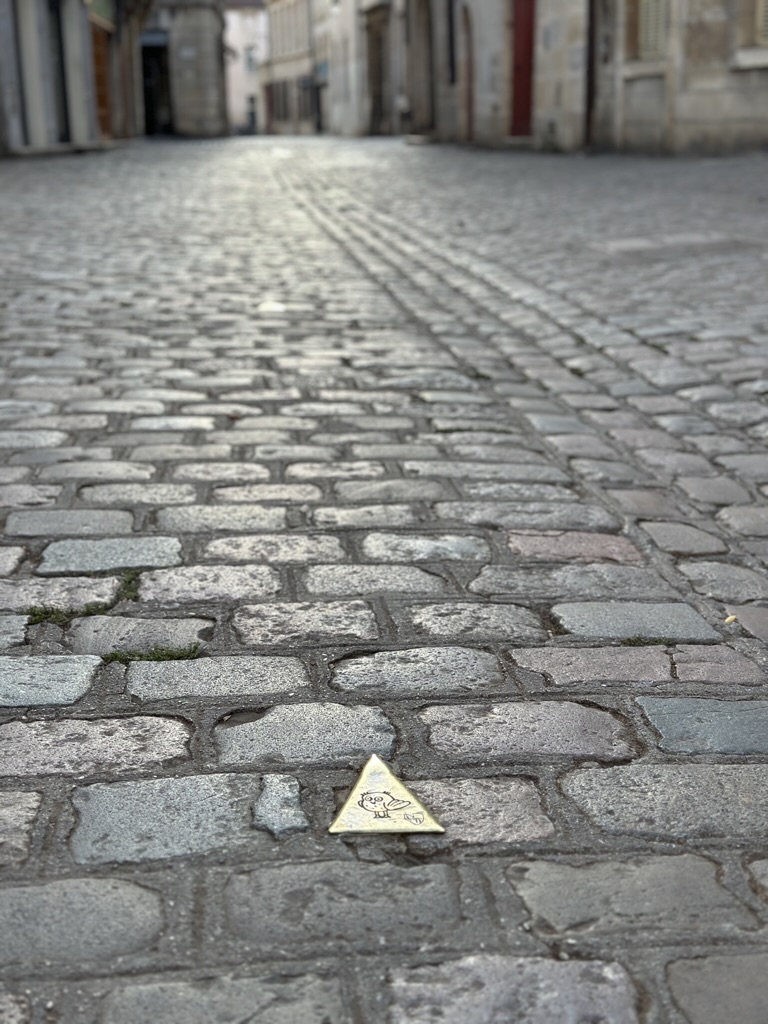
Exploring Dijon
Follow the Owl
Dijon is best explored on foot — and thankfully, it’s a city designed for wandering. The charming old town, with its half-timbered houses, quiet courtyards, and cobblestone lanes, makes it easy to slow down and soak it all in.
A fun way to get your bearings is by following the Parcours de la Chouette — the Owl’s Trail. Bronze owl markers set into the pavement guide you to 22 of the city’s highlights, from medieval churches to stately mansions. Along the way, you’ll uncover stories and little surprises that make Dijon so memorable.
And why the owl? A tiny stone owl, carved into the buttress of Notre-Dame de Dijon, has become the city’s unofficial mascot. Locals and visitors alike touch it with their left hand (the side of the heart) for good luck.
Other favorites along the way:
- Église Notre-Dame: A Gothic architectural gem and home to the famous owl.
- Les Halles Market: Designed by Gustave Eiffel, this lively spot is a feast for the senses on market days.
- Place de la Libération: Once a palace courtyard, now a stunning square filled with life, cafés, and postcard-worthy views.
Where Gastronomy Takes Center Stage: Cité de la Gastronomie et du Vin
The French meal isn’t just eaten, it is celebrated! That passion shines brightest at the Cité de la Gastronomie et du Vin, located right at the gateway to the historic center.
Opened in 2022, this dynamic space brings together everything that makes French cuisine and Burgundy wines so special. It’s part museum, part marketplace, part tasting room — and entirely dedicated to savoring the good life.
You’ll find:
- Interactive exhibits that tell the story of French gastronomy and the region’s culinary influence.
- Hands-on workshops and cooking classes, where you can try your hand at local specialties.
- Boutiques and wine shops featuring the best of Burgundy.
- Tasting bars and restaurants where seasonal dishes and exceptional wines take center stage.
It’s the kind of place where you might stop in for an hour — and happily stay all afternoon.
A Taste of Dijon: Flavors Rooted in Tradition
While Dijon’s name is synonymous with mustard, its culinary story stretches far beyond that famous jar.
Dijon Mustard
Pungent, smooth, and endlessly versatile, Dijon mustard remains a point of pride. Although much of the production has moved outside the city, nearby Fallot Mustard in Beaune continues the artisan tradition and offers tastings and behind-the-scenes tours.
Pain d’épices
This local gingerbread is gently spiced and subtly sweet, often enjoyed during the holidays but just as delicious with tea or coffee year-round.
Kir
A simple, elegant apéritif named after a former mayor of Dijon, Kir combines local white wine (typically Aligoté) with crème de cassis — another Burgundy specialty.
Burgundian Classics
Local bistros serve up beloved dishes like boeuf bourguignon and escargots de Bourgogne, each one celebrating the region’s rustic and flavorful cuisine.
When to Visit and Insider Tips
Dijon shines in every season. Spring and autumn offer ideal weather for strolling, while summer brings festivals and long evenings at café terraces. Autumn grape harvests give the region a special energy, and even winter has its charm, with cozy markets and festive lights.
A few tips to make the most of your visit:
- Go on market days (Tuesday, Thursday, Friday, and Saturday mornings) for a lively and authentic experience at Les Halles.
- Climb the Tour Philippe le Bon for sweeping views over the city.
- Plan extra time at the Cité de la Gastronomie et du Vin — it’s easy to get happily sidetracked here.
- Let yourself wander. Dijon’s pedestrian-friendly old town invites you to explore without a strict agenda.
Dijon Awaits
Elegant but unpretentious, historic yet vibrant, Dijon invites you to experience Burgundy’s rich traditions at your own pace. Whether you’re sipping Kir in a sunny square, following the Owl’s Trail through centuries of history, or lingering over wine and cheese at the Cité de la Gastronomie, every moment here feels authentic and unhurried.
For your Complete Burgundy Itinerary, click HERE.
- Explore the regional specialties of Burgundy. Small-town shops, and stories from locals that leave lasting impressions.




